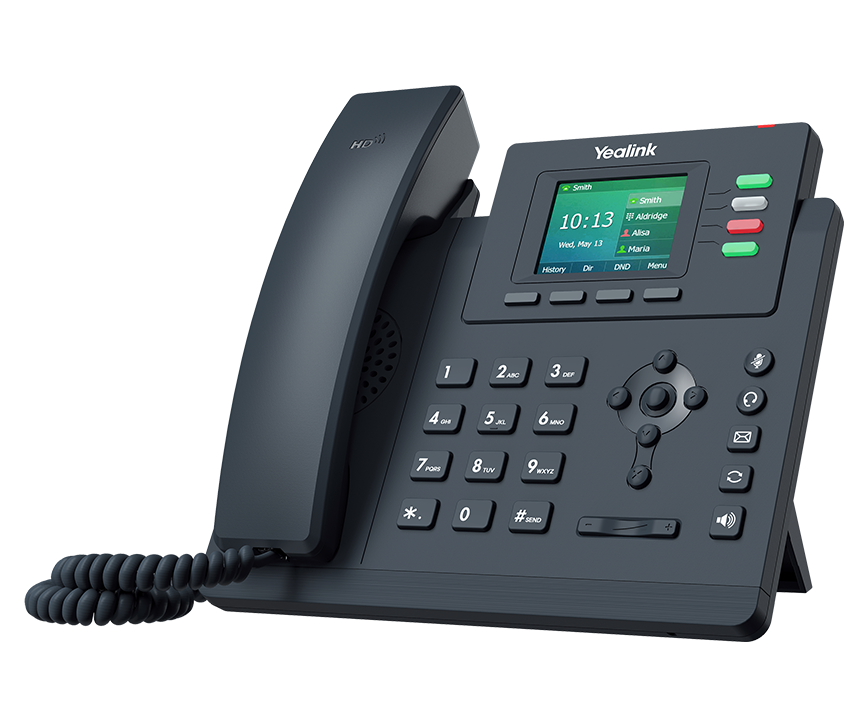Understanding Workplace Safety Culture
A strong workplace safety culture goes beyond written policies—it’s the shared mindset and behaviors that prioritize safety at every level. Conducting safety program audits plays a central role in shaping and strengthening this culture. By systematically reviewing processes, identifying hazards, and involving employees in safety improvements, organizations can embed safety into daily operations rather than treating it as an occasional obligation.
How Safety Program Audits Influence Behavior
Safety program audits create transparency in safety practices. When employees see that safety program audits are conducted regularly, they understand that management values safety as much as productivity. This awareness fosters responsible behavior, encourages adherence to protocols, and reduces the temptation to take unsafe shortcuts. Over time, repeated safety program audits reinforce these habits until they become second nature.
Encouraging Employee Participation in Safety
A culture of safety thrives when everyone participates, not just management. Safety program audits often include employee interviews, feedback sessions, and observations of daily work activities. These interactions give workers a voice in identifying hazards and suggesting improvements. Involving employees in safety program audits not only uncovers valuable insights but also creates a sense of ownership, making safety a shared responsibility.
Aligning Safety Values with Organizational Goals
Safety program audits help bridge the gap between safety policies and broader business objectives. When audits identify risks, the solutions often lead to more efficient workflows, reduced downtime, and improved morale. In this way, safety program audits contribute to both employee well-being and operational success, showing that safety and productivity can work hand in hand.
Reinforcing Accountability Across All Levels
For a safety culture to remain strong, accountability must be present from the top down. Safety program audits provide measurable data that holds leaders, supervisors, and employees responsible for maintaining safety standards. This accountability ensures that safety improvements are implemented promptly and consistently, preventing the erosion of safe practices over time.
Measuring Cultural Change Through Audits
Safety culture is not an abstract concept—it can be measured through the outcomes of safety program audits. Metrics such as reduced incident rates, increased hazard reporting, and higher compliance scores all indicate cultural growth. Regular safety program audits track these trends, providing tangible proof that cultural initiatives are working and where further focus is needed.
Conclusion
Safety program audits are more than compliance tools—they are catalysts for building a lasting workplace safety culture. By influencing behavior, encouraging participation, aligning safety with business goals, and reinforcing accountability, these audits embed safety into the fabric of the organization. Over time, consistent safety program audits help create an environment where safe practices are instinctive, shared, and valued by everyone.



